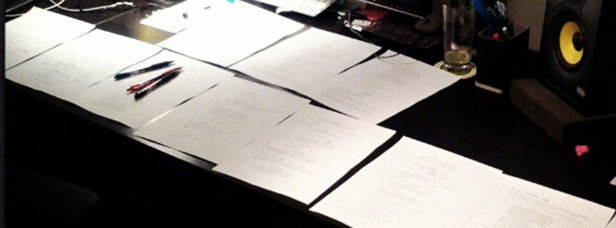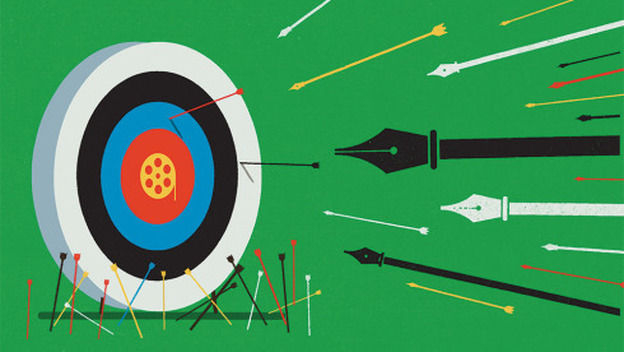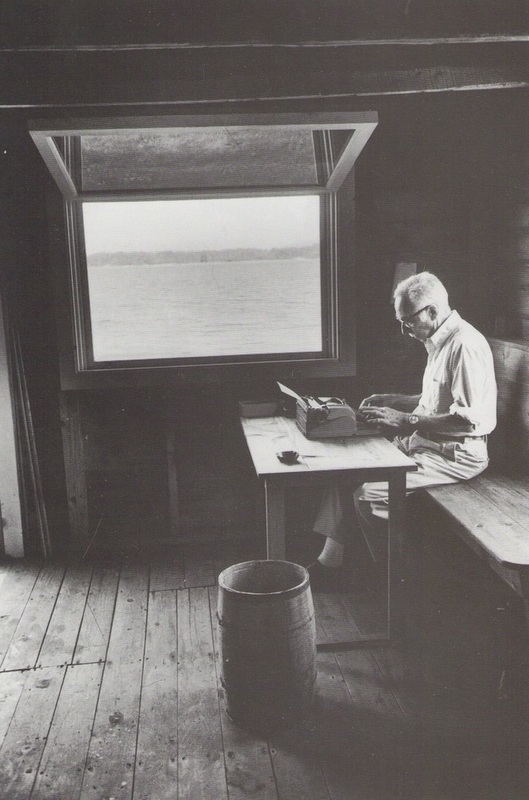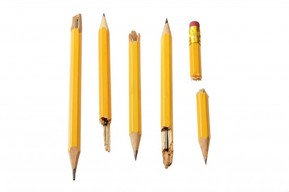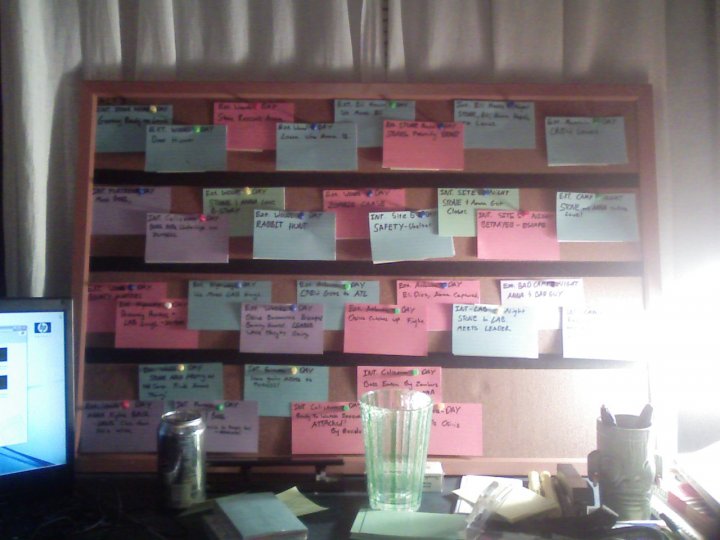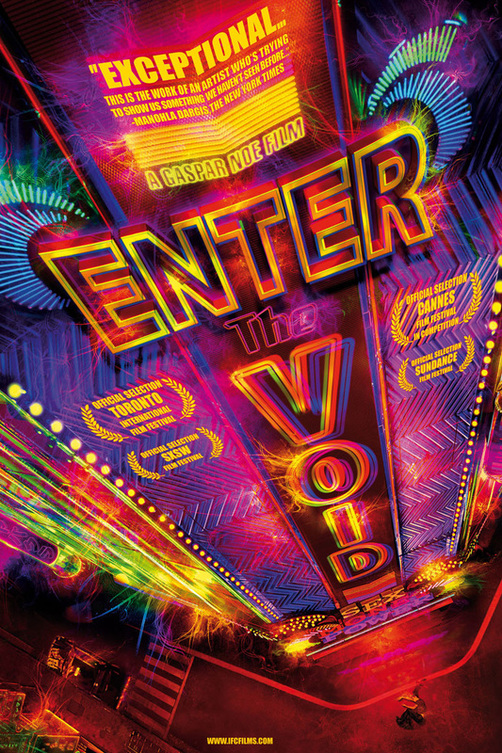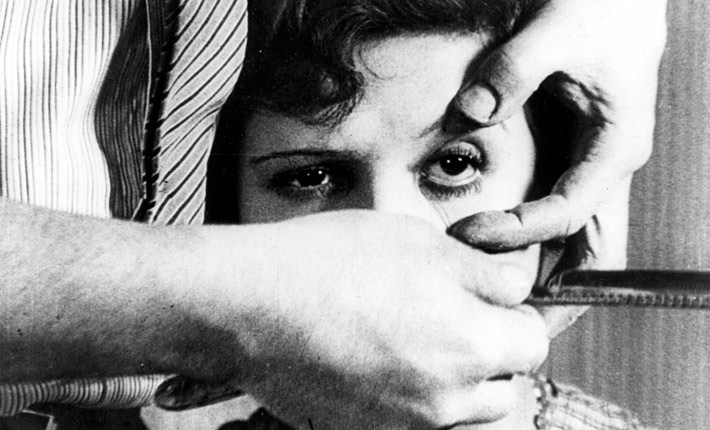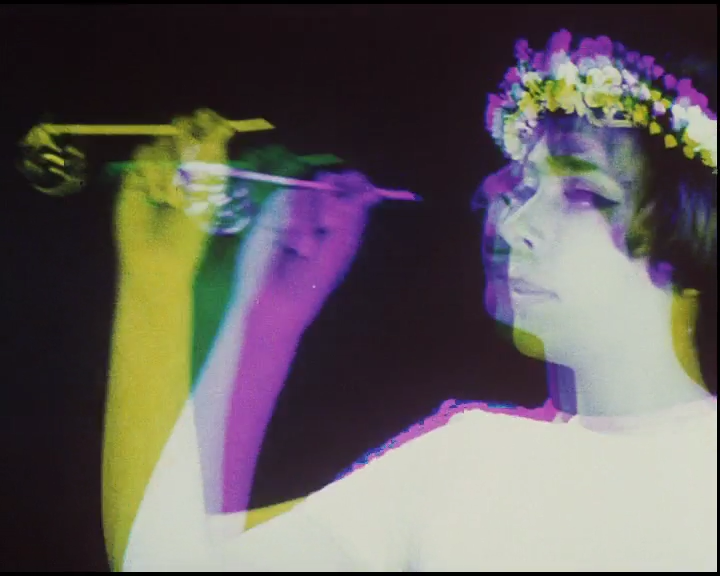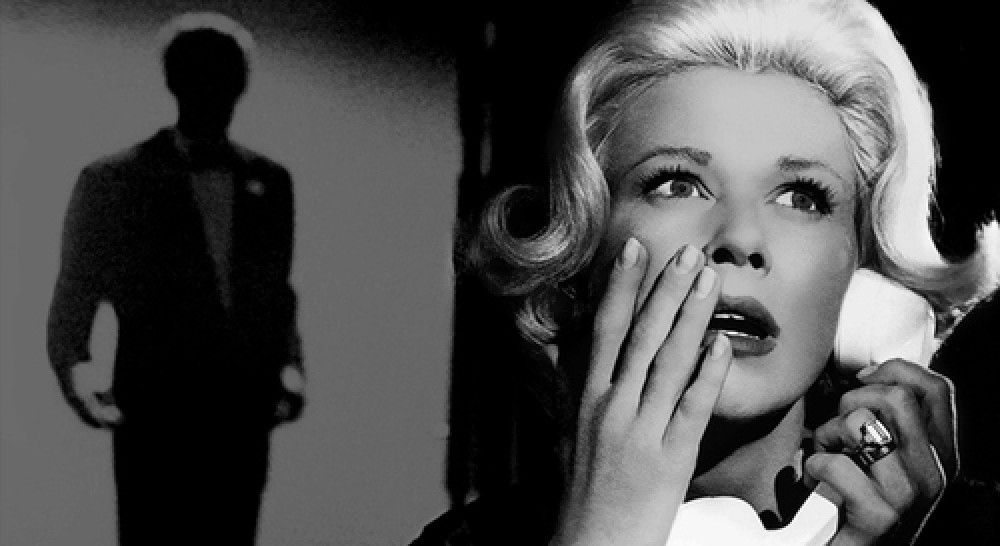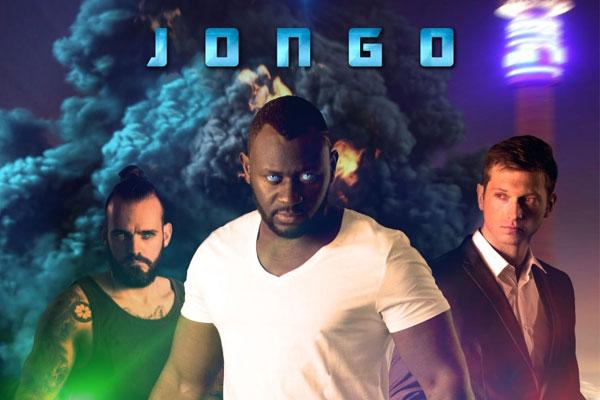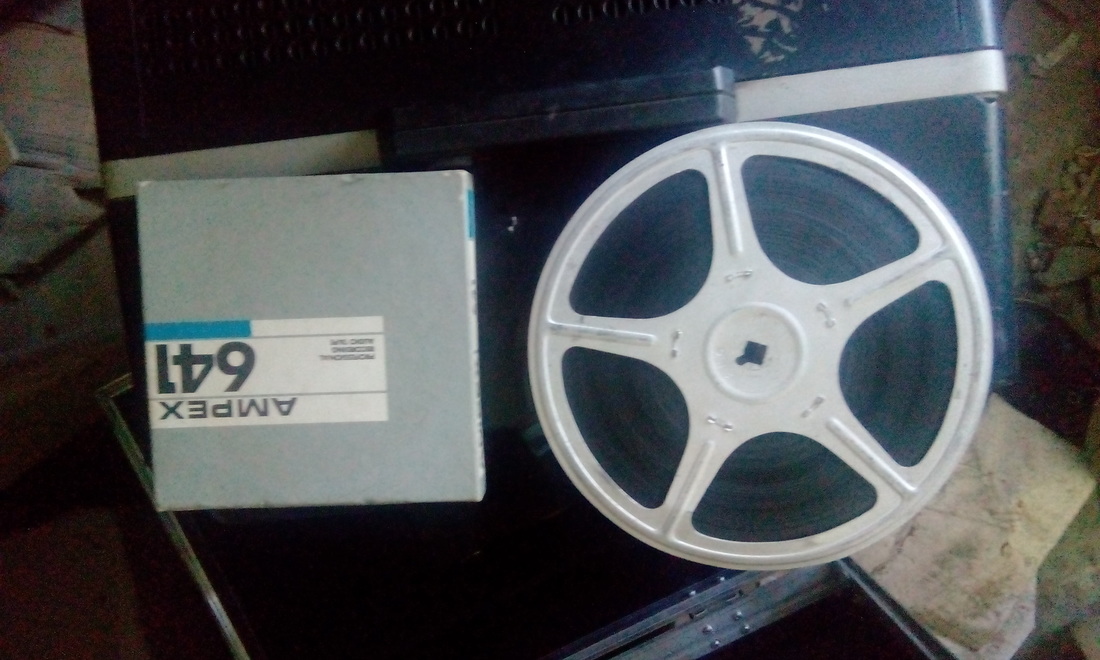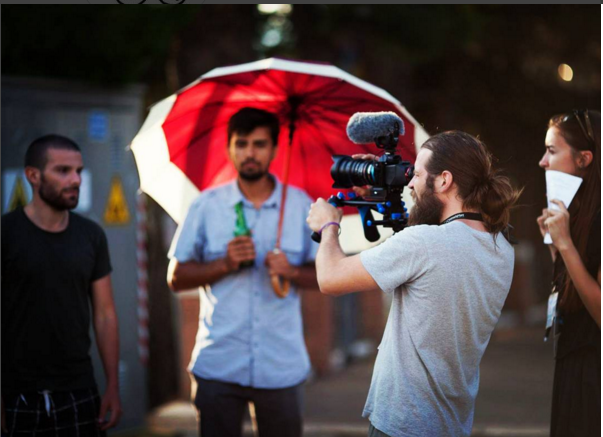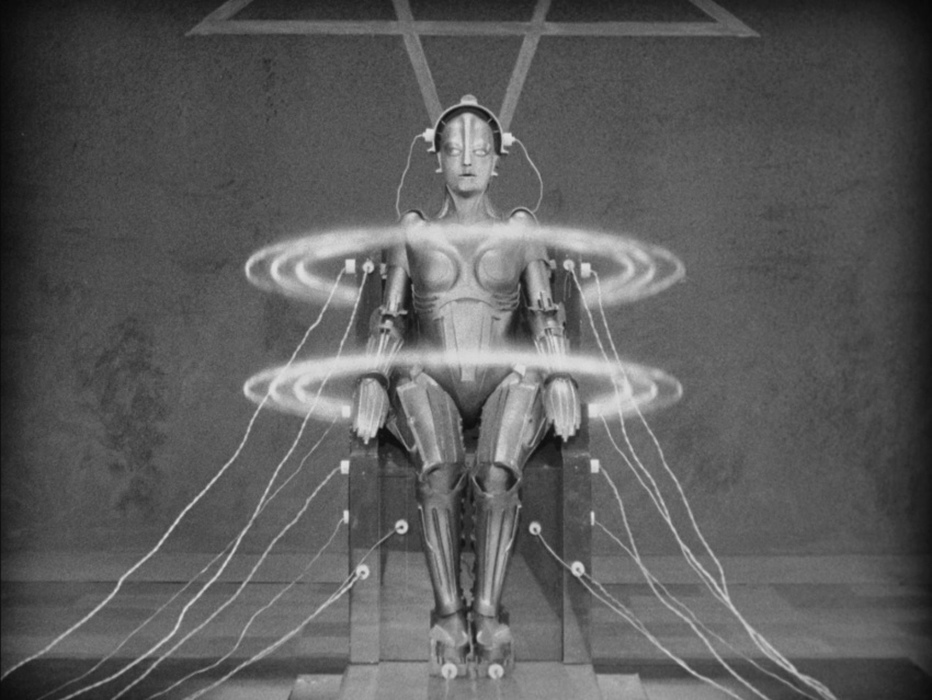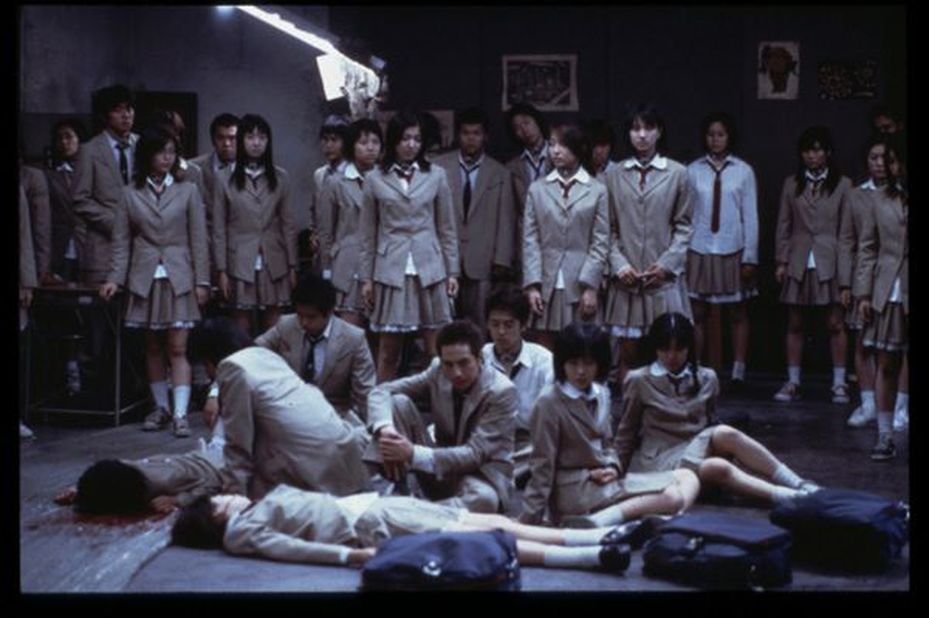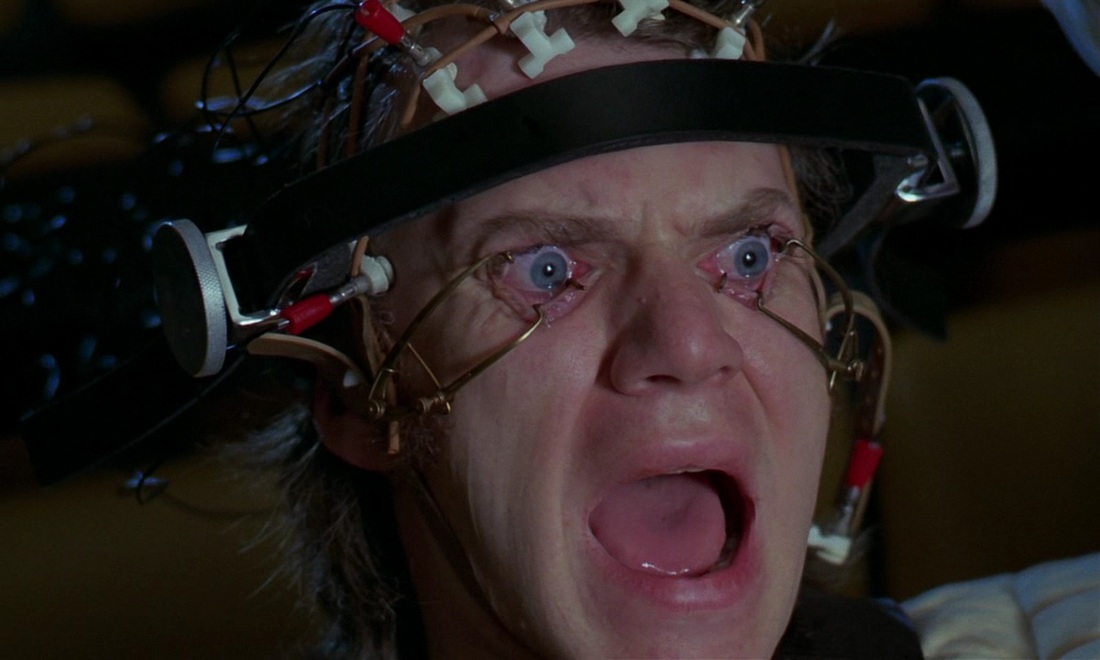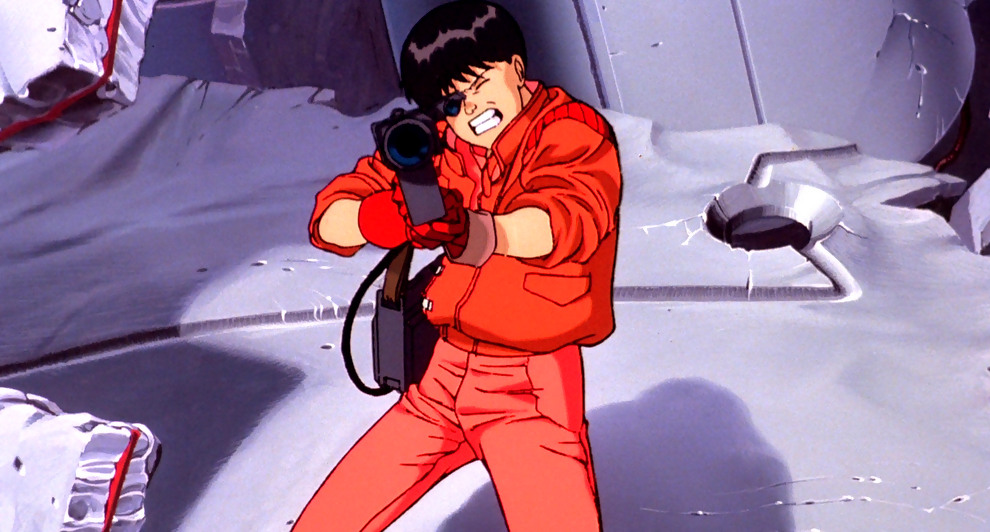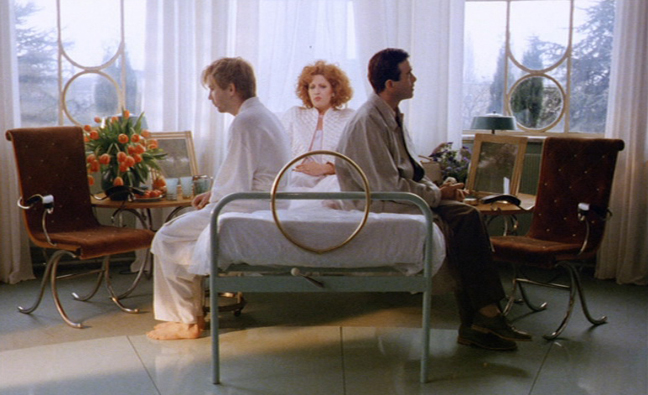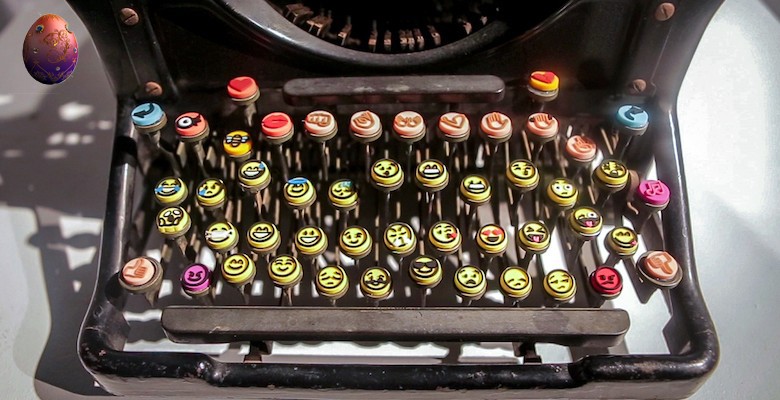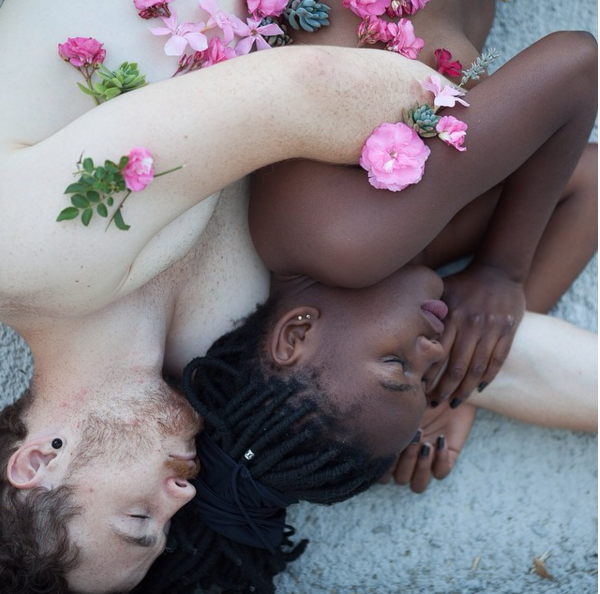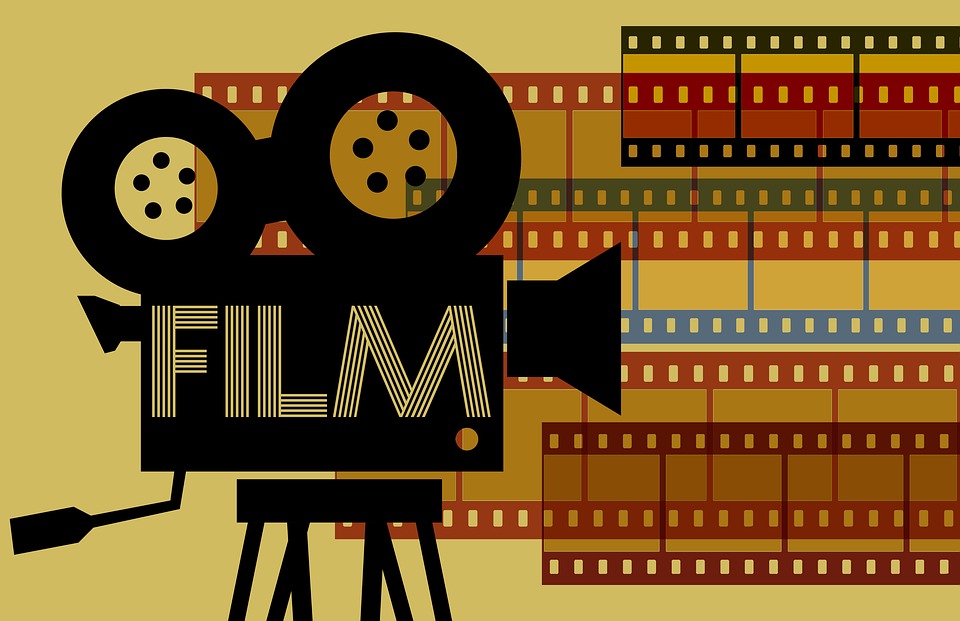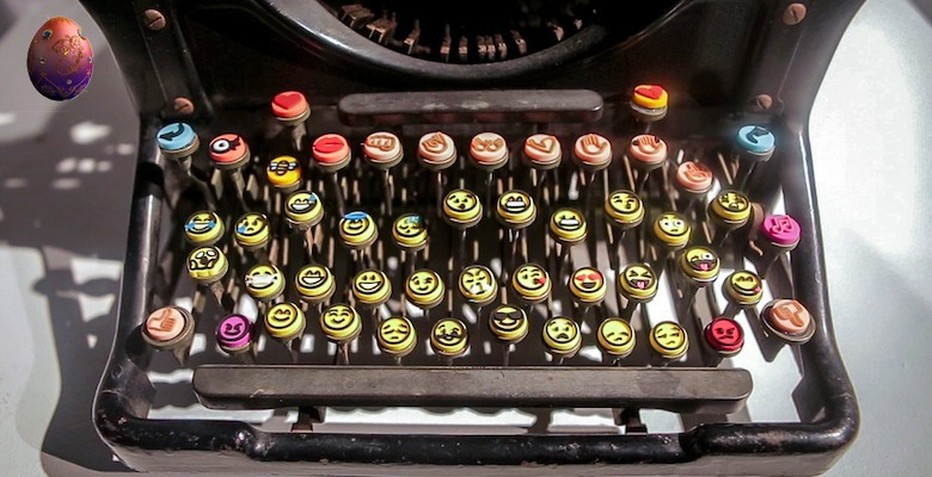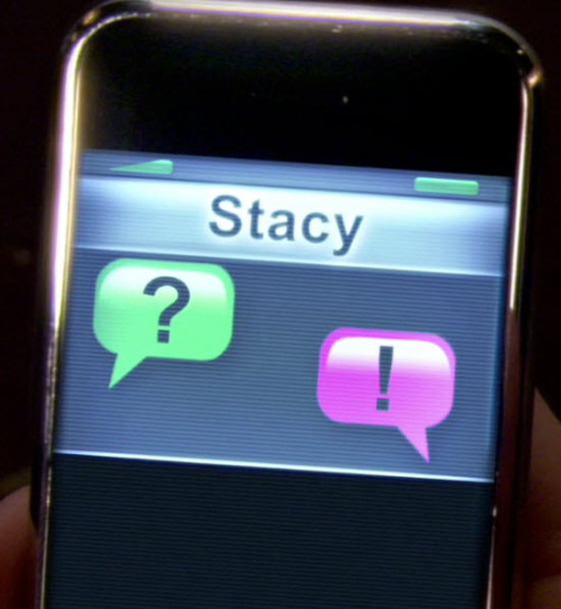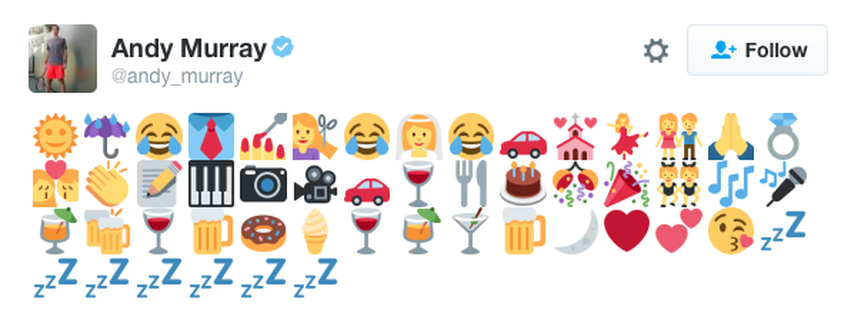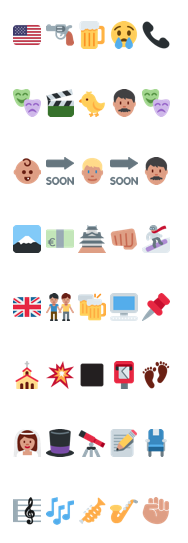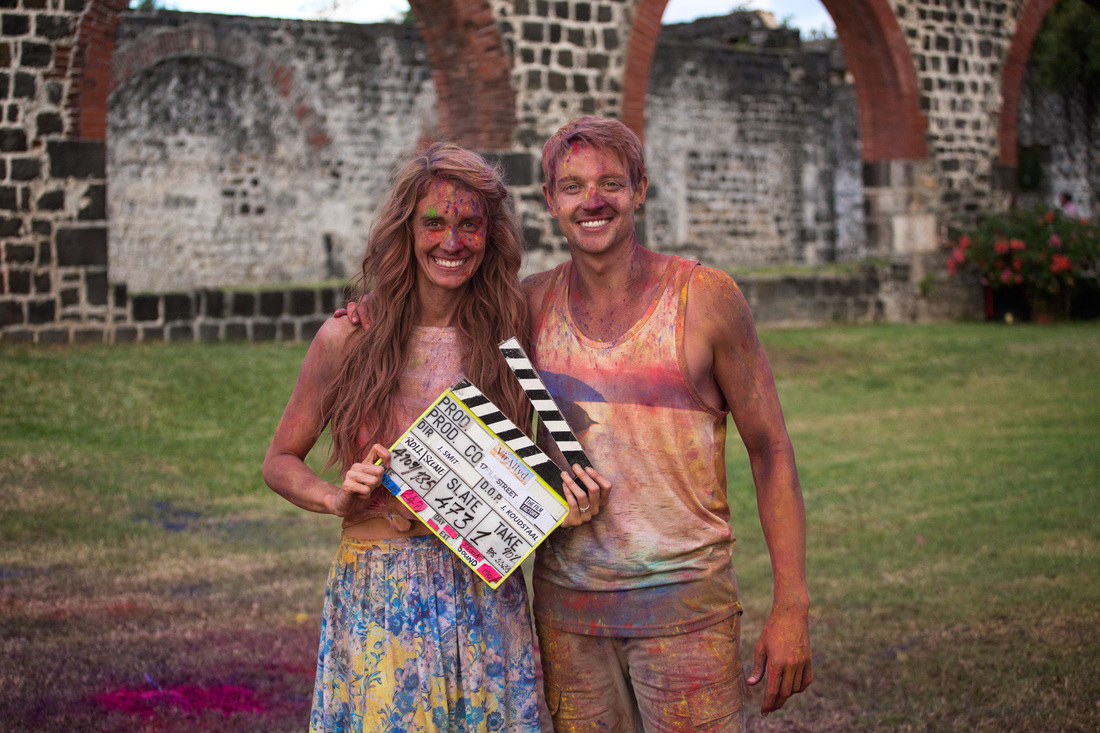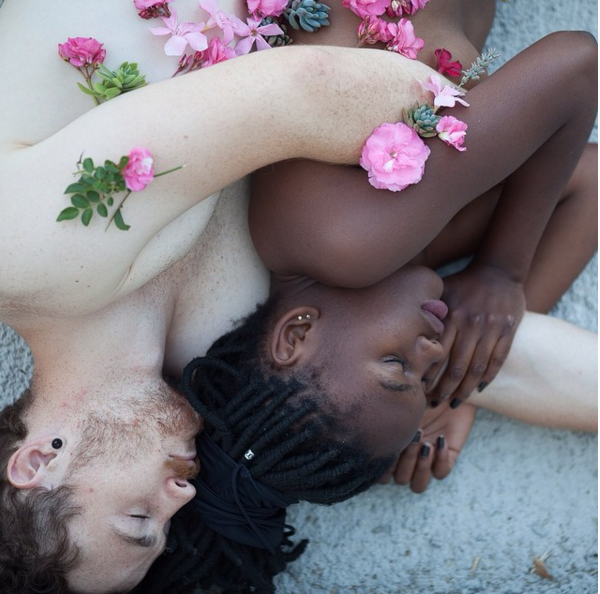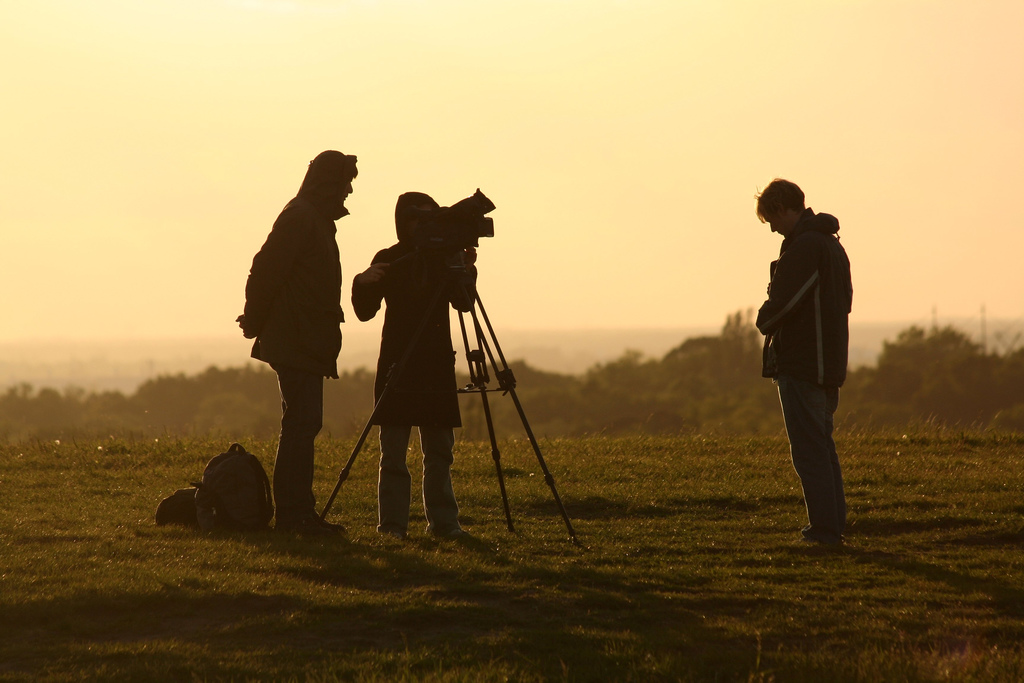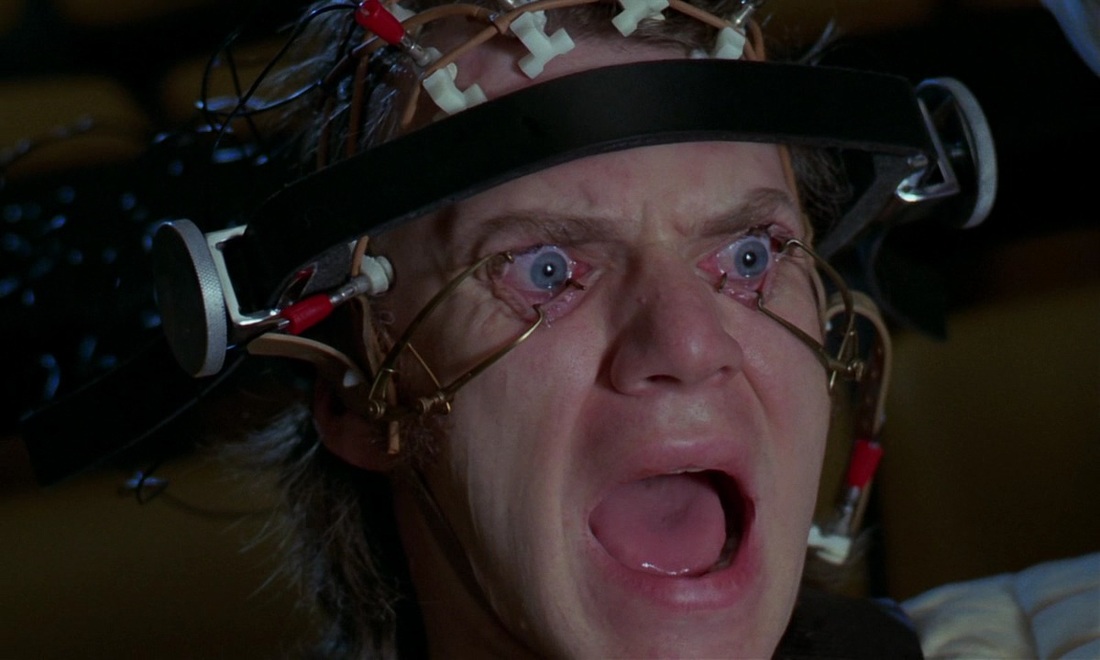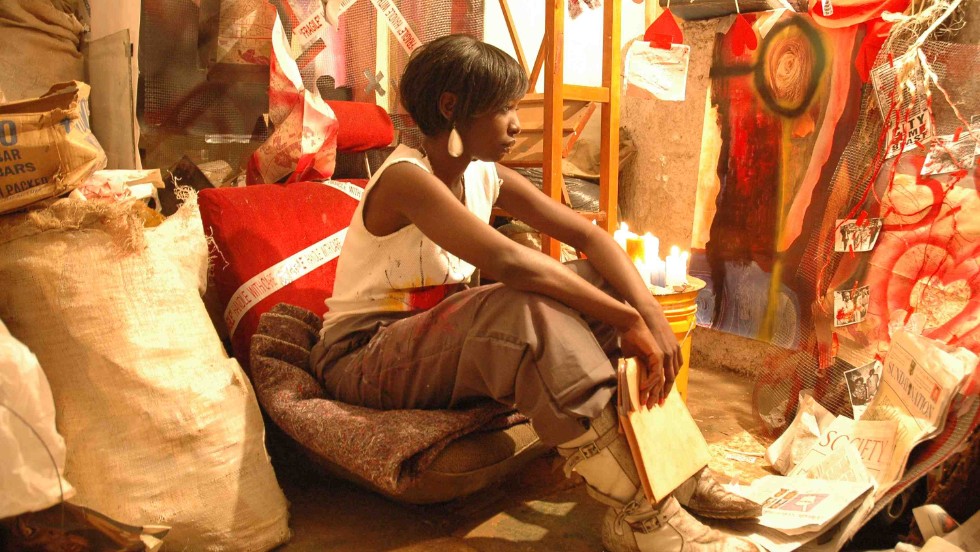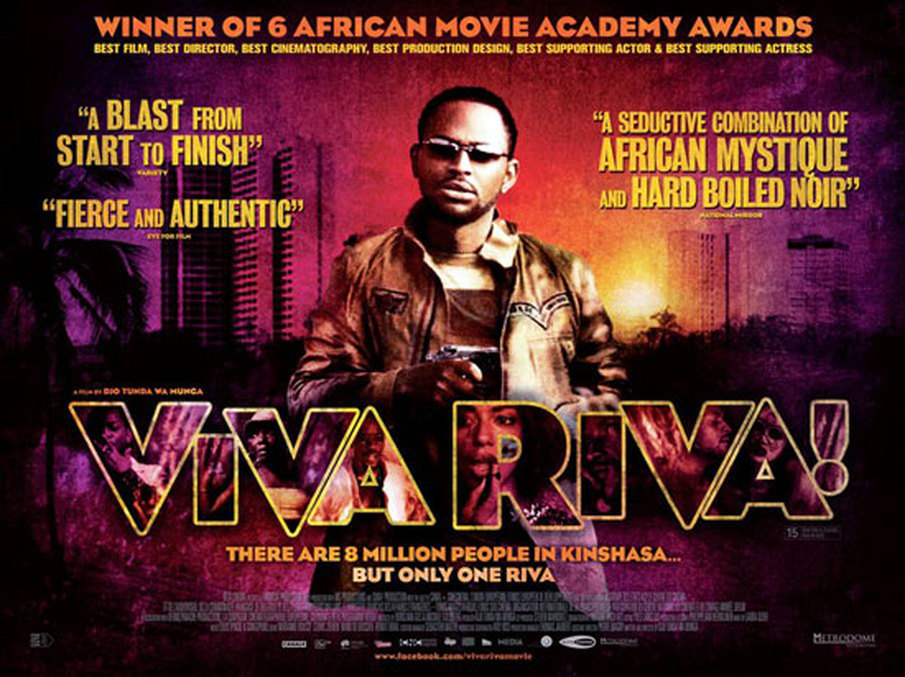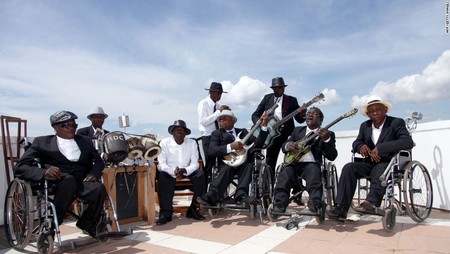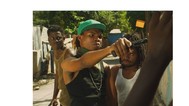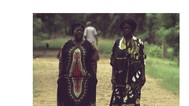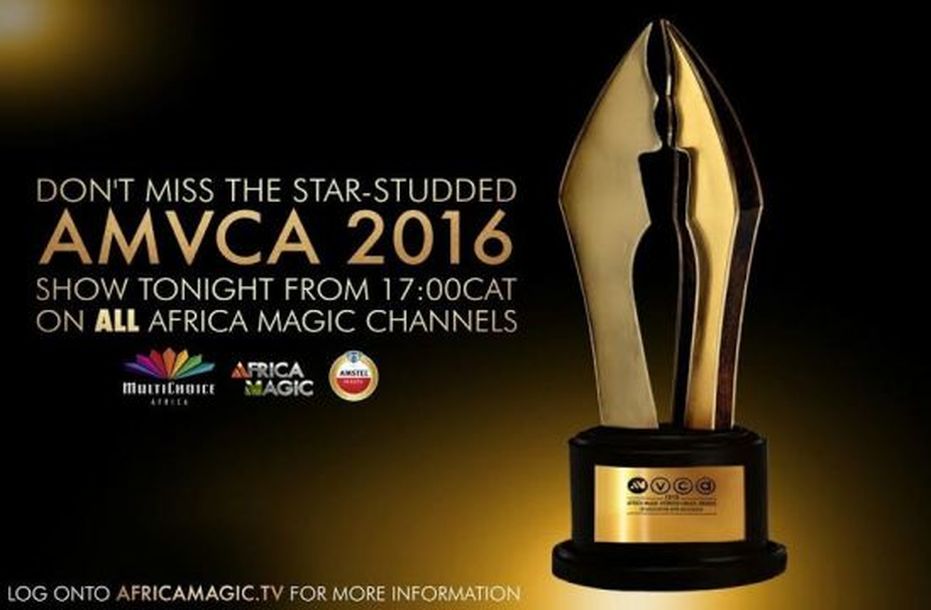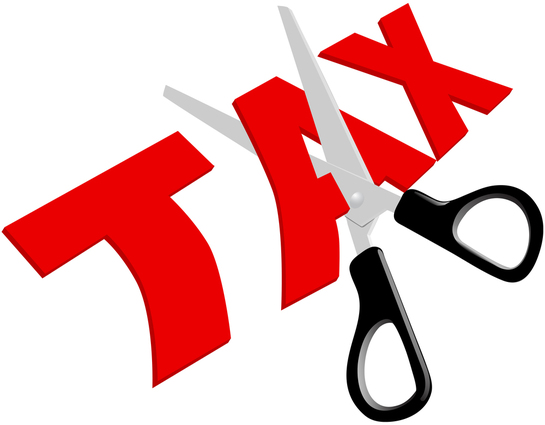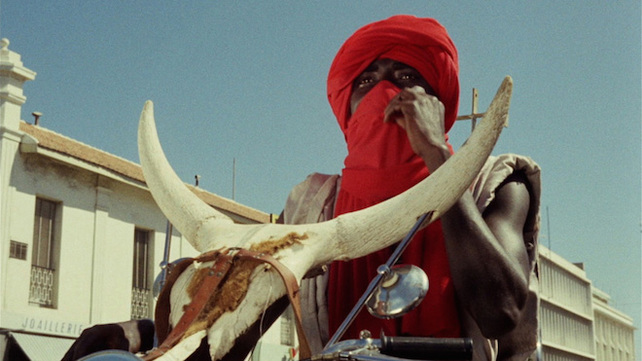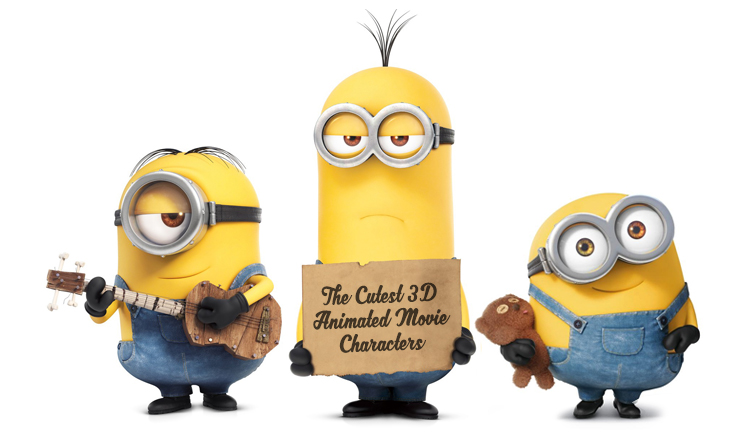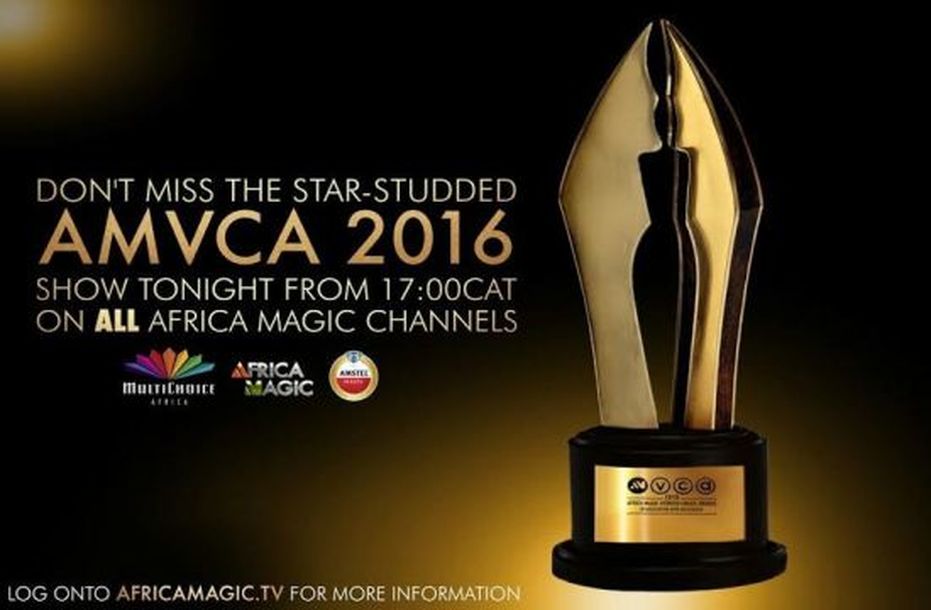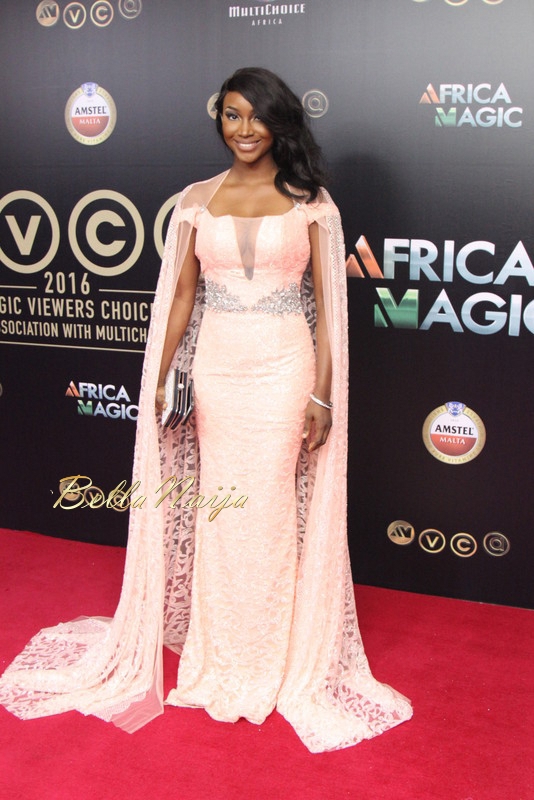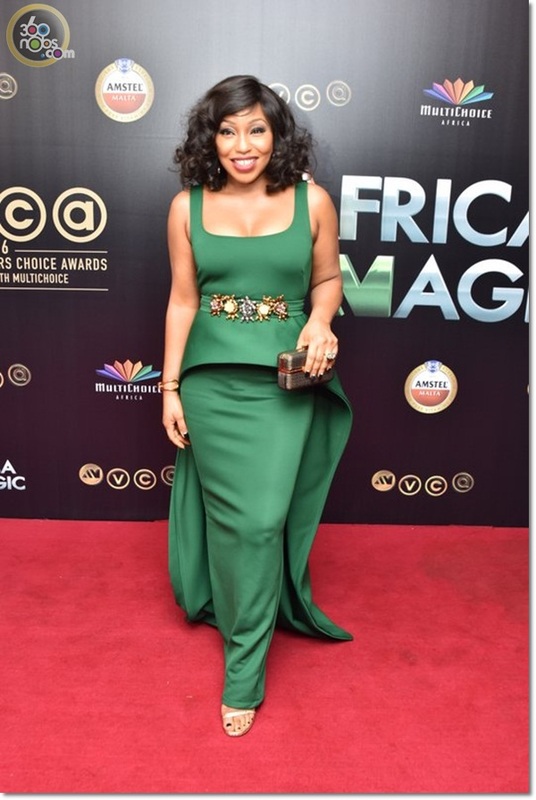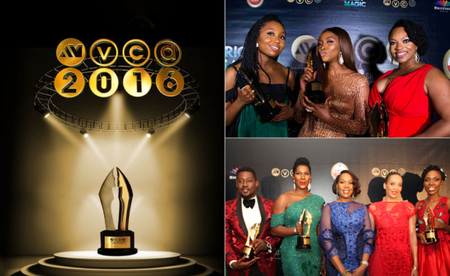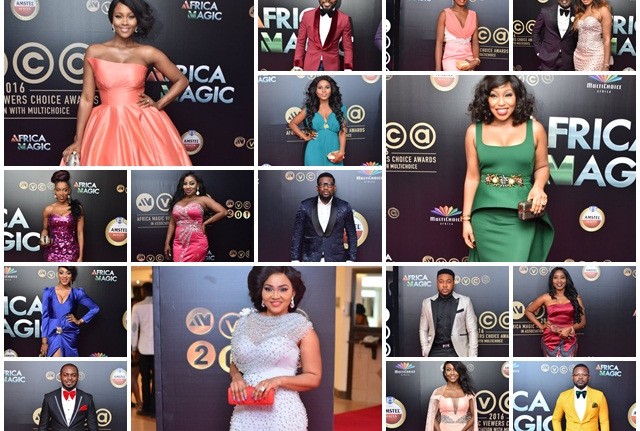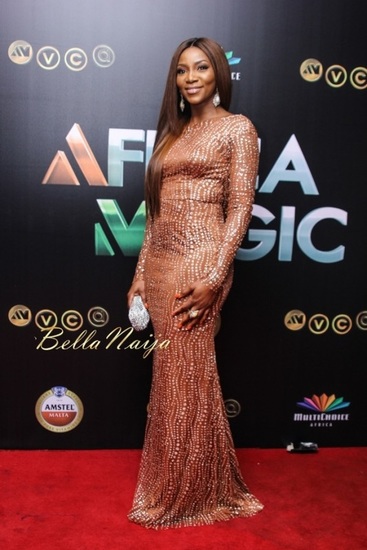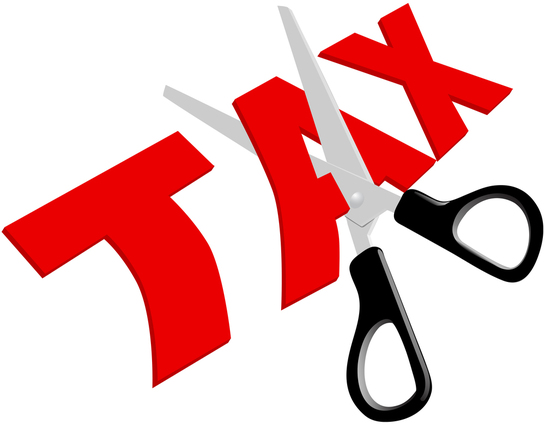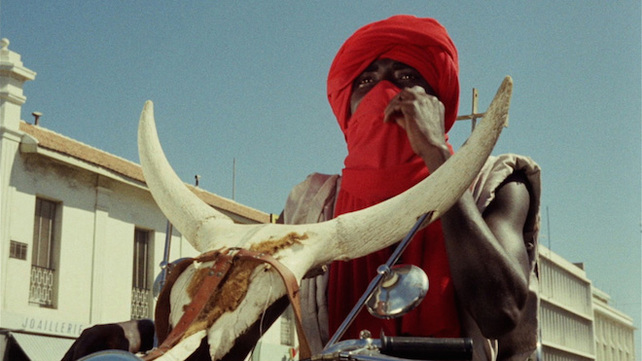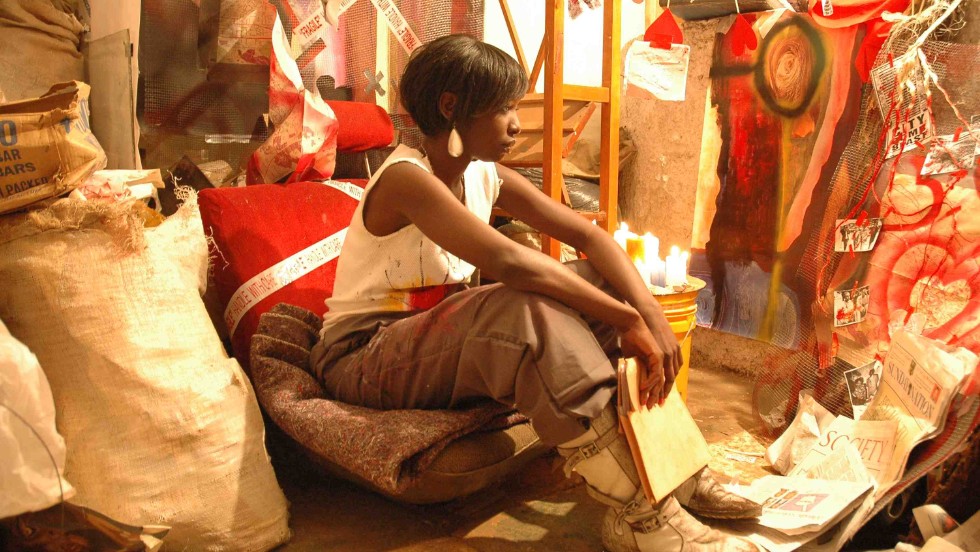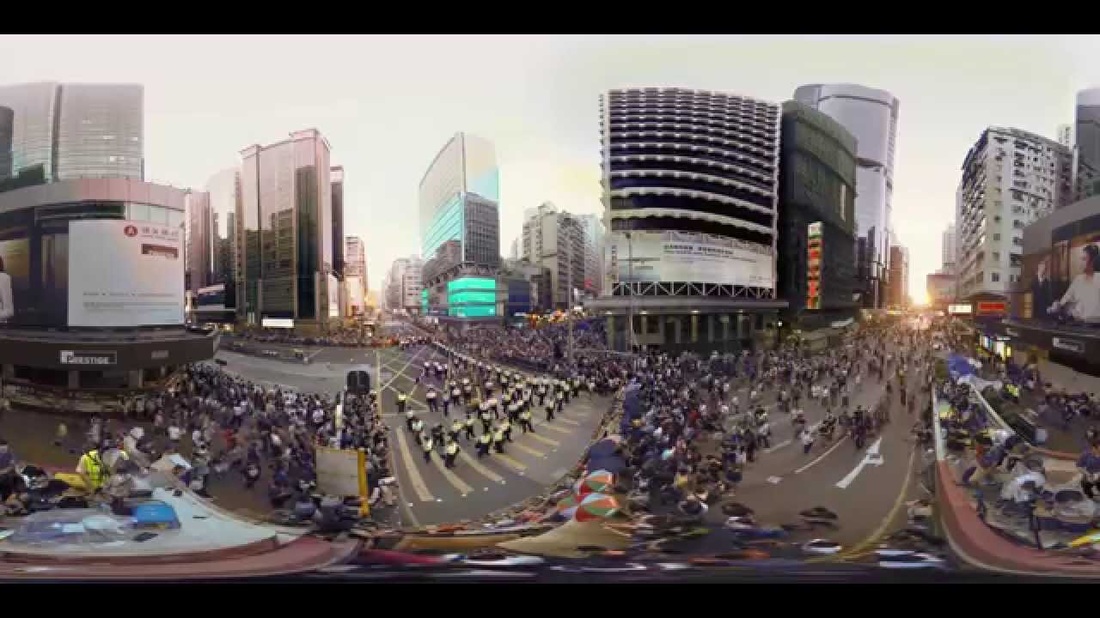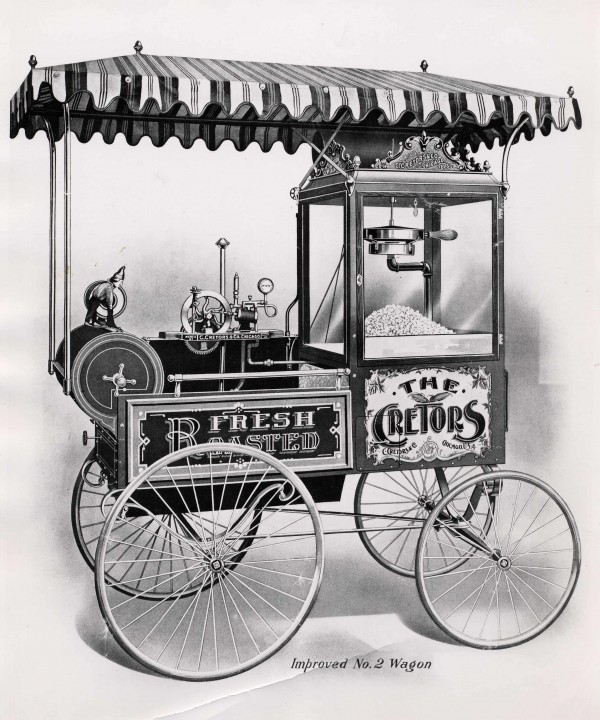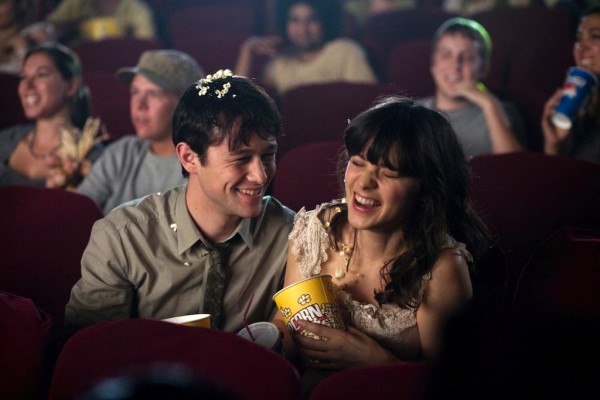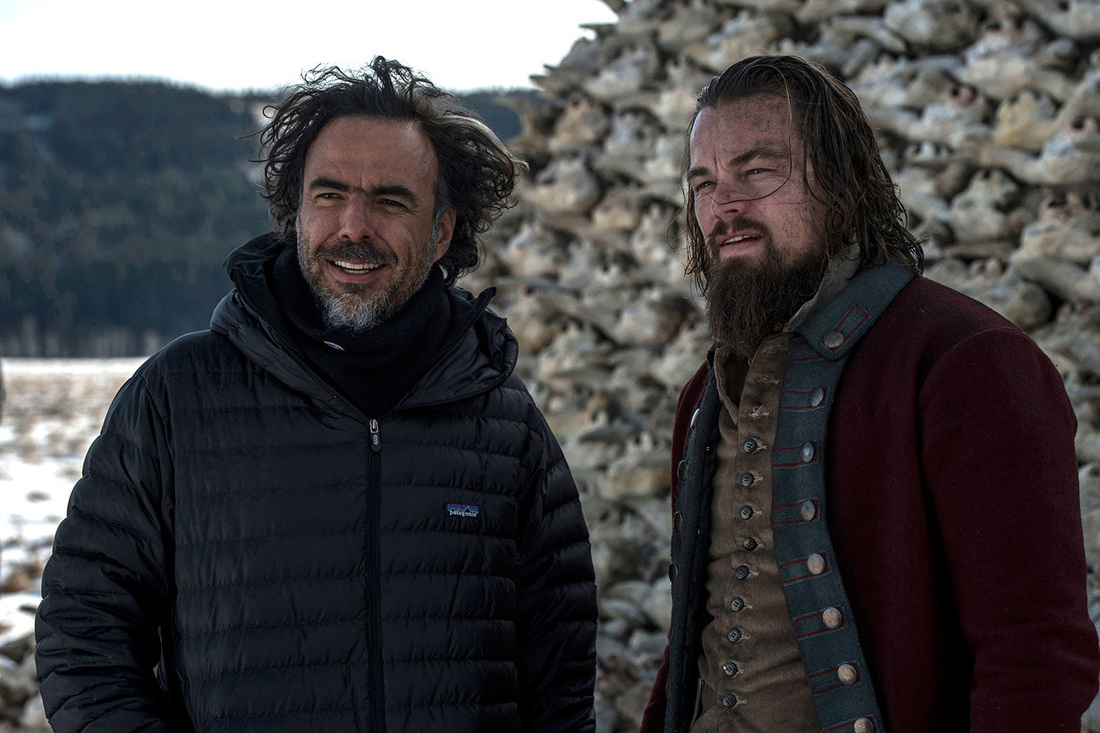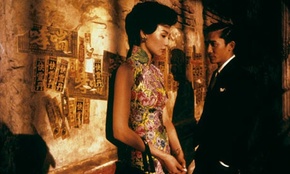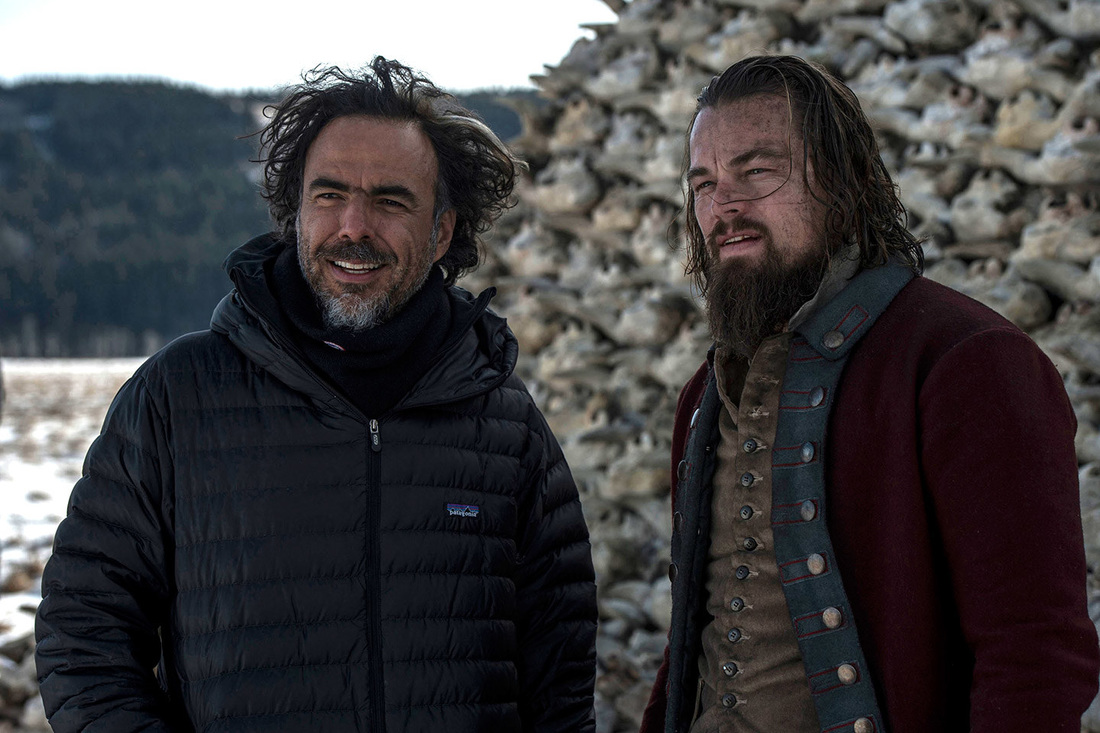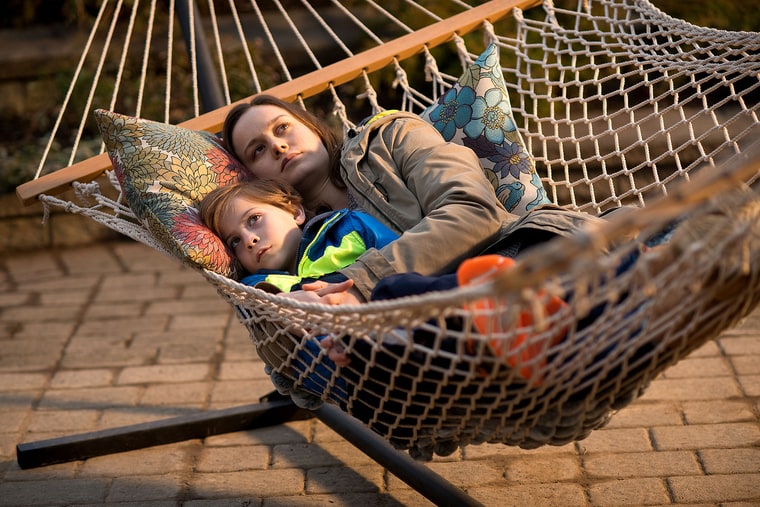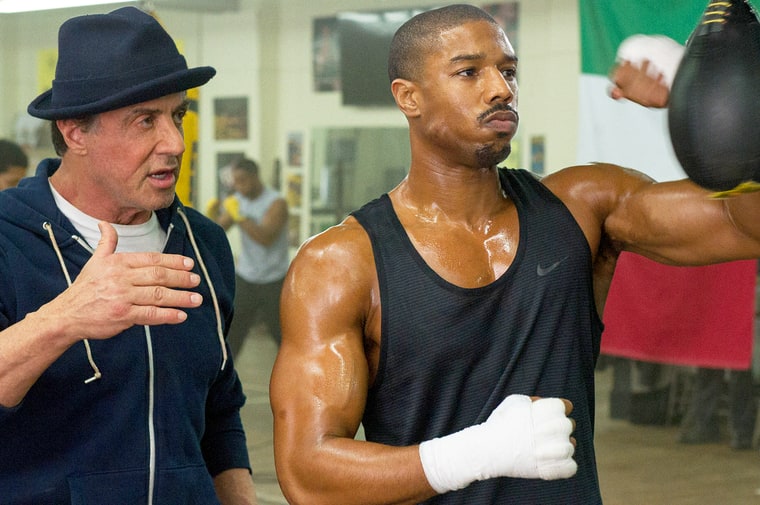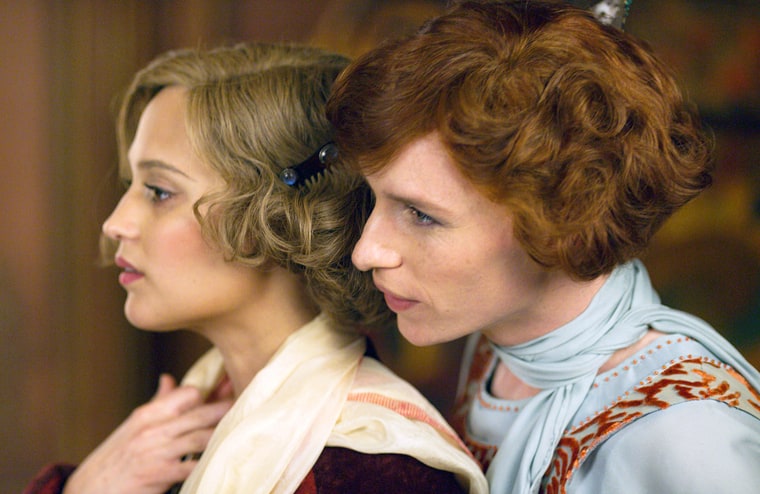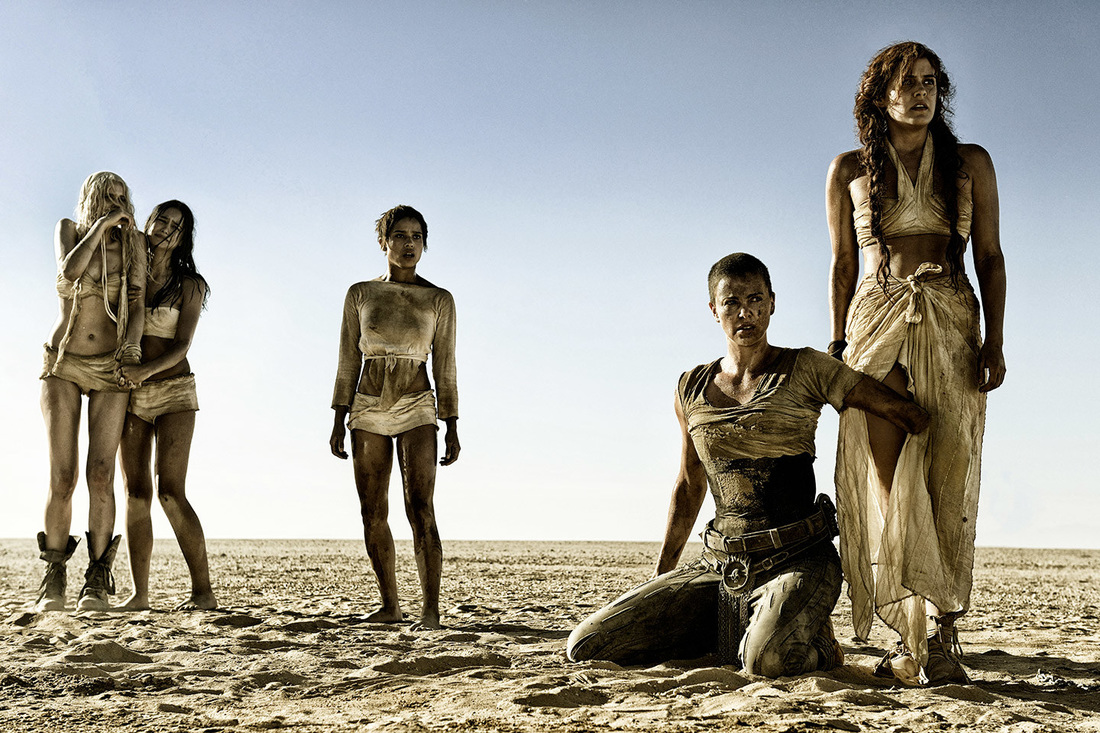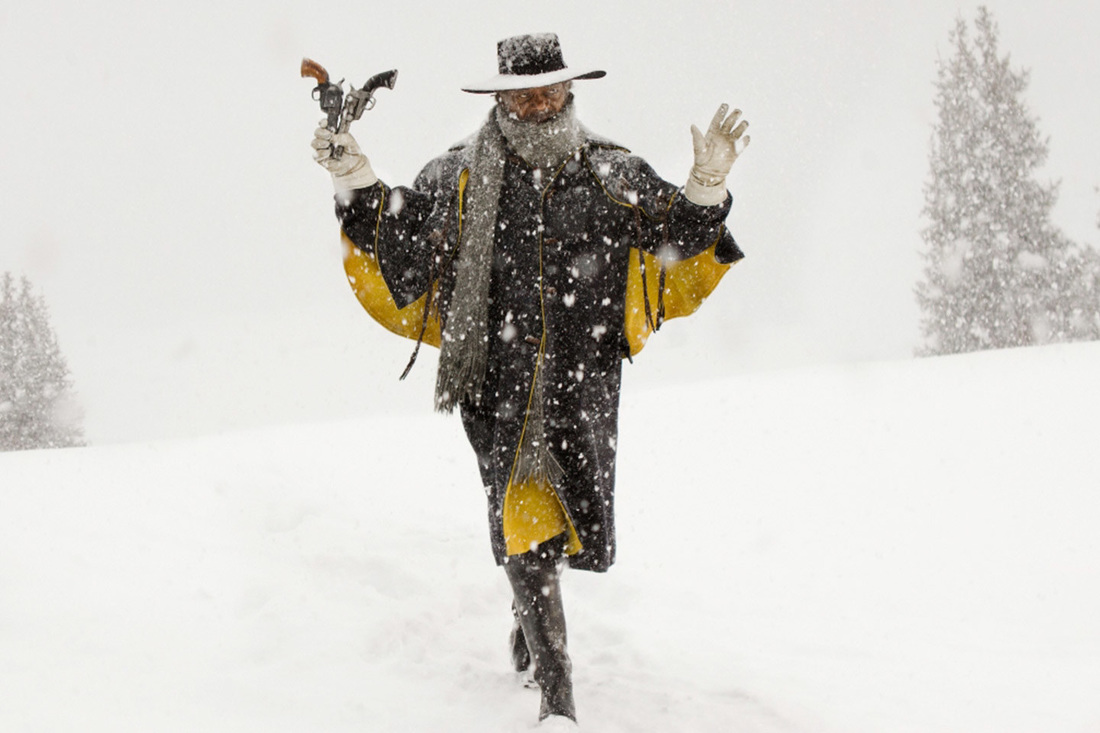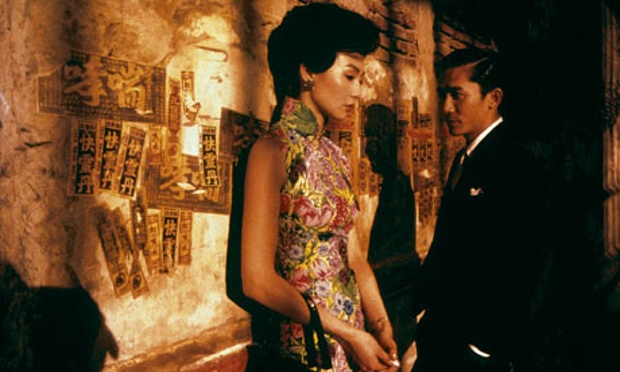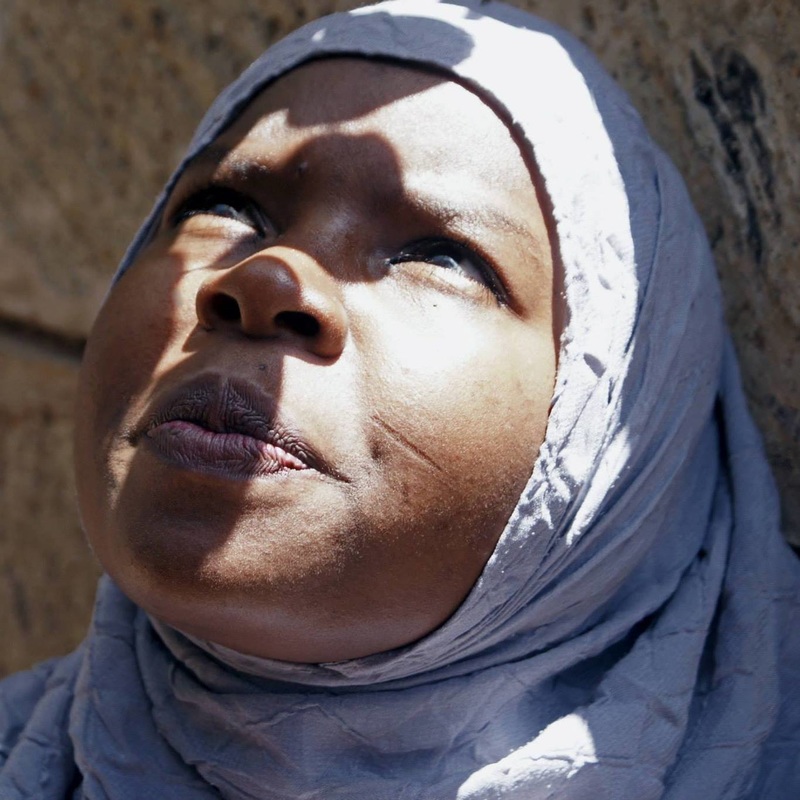|
For every word I have ever written on a screenplay, there has been an equal number of excuses not to write them. (c)nofilmschool I have always had a reason not to write that screenplay, a million and one times; and am not alone. Something always seems to stop me. It's like a force determined not to make me finish that screenplay that I have been talking about months on end. So why does this happen? why does it take us that long to settle down and write or even complete that one project? (c)variety.com 1. Self doubt I know this feeling very well. The feeling that you can't possibly write that screenplay well enough. You start questioning your knowledge on the topic, the people you are writing for, how to start, how to make it as creative as possible, bla bla bla... Most times when this happens the easiest thing to do is not write it at all. Then the guilt that comes with not actually writing when you had the chance to then finally seeing someone actually do it. You don't lose anything by trying, you get to learn and improve your writing instead. Beat that inner cowardice and get on with writing that screenplay. It's high time already! 2. Lack of commitment This calls for everything you do on a daily basis like losing that stubborn weight, it calls for discipline. setting time for working out, and eating right. The same goes for screenwriting. you need to set some time to write, daily, at the same time even when you don't feel like writing. Because the only way to get it done is by actually doing it. so, set deadlines to achieve and guide yourself with discipline and commitment and you will see the fruits. Nothing beats that wonderful feeling of completing a screenplay and sharing it with the world to see. (c)nofilmschool 3. Research for your screenplay Write what you know. Well, what if I don't know shit? Well, ever heard of something called research? there you have it. not being adequately familiar with a topic you are writing about will give you an uphill task when writing your screenplay. write down the things you need to research on before getting started on the screenplay. you need not be an expert in rocket science or psychology, as long as your research is thorough, you are sorted. it will be a walk in the park once you begin writing the words on paper. 4. My office isn't the creative cocoon I need it to be. I. Am. A. Serious. Artist. Well, you probably need your work space to be a safe haven for the birth of your brilliant ideas, and I totally agree with you. But don't use it as an excuse not to work on your screenplay by avoiding the office all together. Make your working space the perfect place to inspire your writing. If need be, surround your space with art, listen to music that makes you focus on work, not distract. Get everything that you need before hand to make your writing easier.
6. I like my script, but I don't really like it. You know that feeling you get when you're excited about working on your screenplay, and you think about it constantly, and everything reminds you of it, and you can't wait to get home so you can put your hands all over it. Yeah, you're dating your script and you two are in your honeymoon phase. There's nothing inherently wrong with this. I'm kind of a cynical person, so admitting I'm infatuated with something makes it immediately unattractive to me but sometimes that infatuation and excitement doesn't carry you through even the first draft, let alone the second, third, and so on. In the wise words of Beyoncé, if you like your script put a ring on it. No, it's not perfect, but none are. And maybe you think you can do better, but a script is only as good as its writer. It's time to grow up and choose which one will get all of your time and attention. (And remember, never go to bed angry :) ) (c)screencraft.org 7. I need to resolve one more case Distractions are the ultimate motivation killers when writing. I know you have that dream iPhone and you can't seem to stay away from it, especially Instagram and the selfies. But take a moment and switch it off if you want to get some work done. Your social media is not going anywhere, so just take a chill pill. Switch that Tv, radio or music off, reschedule with that friend that distracts you from working to later, they will understand. Or alternatively, find something that encourages and inspires you to work, not distract you. 8. The screenplay I want to write is maturing faster than my skills I've realized that as a screenwriter, I'm running a race and the script I want to write, which used to only be a couple of strides ahead of me, is now lapping me and laughing at me while it does it. The script I want to write requires skills that I haven't acquired yet. And you know what, I don't want to waste a good idea for a story on the skill set I have now. It wouldn't do it justice. This is the cycle I currently find myself in: I'm not writing scripts because I'm not good enough yet, but I'm not good enough yet because I'm not writing scripts. The solution: write terrible scripts. You'll hate them. You'll be embarrassed of them. But guess what, you'll get better. You might get good. You might even get good enough to write something you don't completely hate. (c)12ptcourier.com If you're a screenwriter, some of these excuses might hit home for you. Remember, screenwriting isn't only the art of bringing stories to life for the screen, it's really the art of sitting down, silencing the doubt, and being disciplined enough to work.
What other thins disrupt you from writing or finishing that screenplay? What do you relate most from the list above? Let us know in the comments section below.
4 Comments
(c) https://studentsofcinema.wordpress.com/2014/02/28/weekend-net-flick-enter-the-void/
So, to be honest, I don't have much knowledge about this genre of film so we might as well learn together.
In simpler words, its like taking a good picture and distorting it so it looks far different from the original to inspire certain effects and/ feelings. The films in this genre often create an illusion of abstract art by the way the story is told; with unclear flow and hidden meaning often left for the audience to decipher however they please.
The films use cinematography, narration, editing, sound design and music to create worlds of distortion. Whether the film is depicting madness or creating an atmosphere of existential confusion, these films somehow experiment with the audience’s sensory perceptions in order to uproot the viewer from reality. These films welcome (or in some cases, force) the audience to interact with a plethora of psychedelic imagery, sounds, and/or narration.
I have sampled a couple of films that fall under this genre.
1. Un Chien Andalou (1929) Dir. Luis Buñuel I once used this film as an example of an experimental film because of its 'unclear' and 'undefined' in structure. In the film, there is no overt plot, but rather an amalgam of surrealistic images. We are presented with distorted religious symbols, such as ants crawling out from a stigmatic hand of the protagonist (a young unnamed man played by Pierre Batcheff), and dream-like scenarios. For instance, the young man dragging a piano topped with a dead donkey carcass and two priests in his pursuit of a young woman (Simone Mareuil). Such images, surrealistic in nature, create a distorted sense of reality, a quality found in many psychedelic films.
(c)http://www.tasteofcinema.com/wp-content/uploads/2014/05/Un-chien-andalou-1929.jpg
2. The Red Shoes (1948) Dir. Michael Powell and Emeric Pressburger Michael Powell and Emeric Pressburger’s classic film The Red Shoes incorporates Expressionistic sets and costumes, subjective point of view shots, and passionate performances to tell the story of a young woman, dancer Victoria Page (Moira Shearer), torn between her love for a young man and her love of dance. The dance sequence performed toward the end of the film captivates the viewer with its mesmerizing, painted landscapes and P.O.V shots which subtly bring Victoria’s subconscious thoughts and fears to the forefront.
Banned upon release, the film depicts a destructive playfulness that Czech authorities apparently found dangerous. There is a political undertone to the film with World War II film stock inter-cut amongst the characters’ antics. Daisies stirs up the audience with its Puckish protagonists and psychedelic imagery and editing.
(c)http://www.tasteofcinema.com/wp-content/uploads/2015/02/daisies-movie.png
4. Point Blank (1967) Dir. John Boorman
John Boorman’s neo-noir thriller, Point Blank is a hypnotic film of a man’s thirst for revenge. The pacing, color choices and atmospheric music, led by Lee Marvin’s deadpan portrayal of Walker, yields a mesmerizing experience for the viewer. The film’s pacing, which goes from a slow and moody atmosphere to periods of intense violence and action creates a lulling hypnosis which the viewer is then startled from. Color plays a role in the atmospheric tone of the film, for example, Lynn’s silver grey apartment reflects her drab unfeeling character, riddled with guilt.
(c)http://www.tasteofcinema.com/wp-content/uploads/2015/02/2001-a-space-odyssey.jpg
5. 2001: A Space Odyssey (1968) Dir. Stanley Kubrick Stanley Kubrick’s science fiction masterpiece is an awe-inspiring, brilliant piece of art. The film’s stunning visuals combined with the grandeur of the classical music scores and György Ligeti’s haunting, dissonant avant-garde music produces a filmic experience like no other. Kubrick’s exploration of the history and future of humankind excites the viewer’s senses as it leads us to confront the great unknown of space and time. What aspects of this genre do you identify with? What are your thoughts on this genre? Let us know in the comments section below.
(c)http://www.tasteofcinema.com/wp-content/uploads/2013/10/metropolis.jpg
In the next couple of weeks I will look at the interesting genres of films, and recommend some of the best films ever made in those genres for you to watch, to make it even easier and more interesting to understand why you have to watch them and what those genres are all about.
To begin, let us visit Dystopian films to learn a thing or two about this genre and films made that are worth your time.
|
|
MORE ON STORY LINE
|
|
The use of emojis in our everyday life has become unavoidable as mush as we see it as an 'it' thing for the younger generation.
We may not know what they all mean, but it is a good thing to understand why it has become part of our daily lives and why it is here to stay.
We may not know what they all mean, but it is a good thing to understand why it has become part of our daily lives and why it is here to stay.
In a surprising move, Oxford Dictionaries made the tears of joy emoji their word of the year for 2015. Sure, we're all using emojis (it's automatically in our phones) but are they that big, though? You can search Instagram posts by emoji, and Facebook's latest update lets "react" to posts by emojis.
Linguists have taken a hold of the matter, and as it turns out filmmakers can learn a lot from using emojis. Here's how.
|
1. You'll improve your communication skills
Film is a collaborative medium. You'll have to make 2000 decisions per day, even before the camera starts rolling. All your collaborators will come to you asking whether you think the door should be green or blue and you'll find yourself too overwhelmed to remember that the door was actually supposed to be red. |
And if there's one thing you have to be great at other than telling a story, is communication. You have a vision, you have to explain it. You're dealing with people, and you will need to act accordingly.
What's the difference between "That's not necessary." and "That's not necessary [smiley face]". It's less harsh. Of course, I'm only saying that, provided you want to manage people's feeling's.
2. You're learning a new language
The latest edition of SXWS held a panel called "The linguistic secrets found in billions of emoji", in which researchers explained their findings from analysing all the data of emoji usage throughout the world.
The latest edition of SXWS held a panel called "The linguistic secrets found in billions of emoji", in which researchers explained their findings from analysing all the data of emoji usage throughout the world.
Apparently, the world is crying [tears of joy], the French have a (predictably) [broken heart], and Scandinavians love themselves some [Santa].
Emojis account for 4.6% of our conversations. It's a language that has both formal and informal qualities. And it's far more elaborate and creative.
|
3. You're learning about visual storytelling
Filmmakers tell stories visually, in a way that, hopefully, goes beyond the mere dialogue, and when images are striking and are the driving force of the storytelling. Emojis are able to convey some of that. For instance, take a look at this list of the nominees for the Best Picture Oscar in 2015. You get that the movies they're referencing are Birdman, Boyhood, Whiplash, American Sniper, Selma etc... Of course, you don't get the intricacies of the narrative, but that's probably due to Twitter's 140-character limit rather than the shortcomings of the language. Now that's visual storytelling. |
4. You're learning about voiceover
Voiceover is one of the things that many filmmakers will fail at. One textbook example of successful voiceover is Sunset Boulevard. The same kind of process is used in Annie Hall, in the famous scene during which subtitles show us what the characters are actually thinking. There's what happens, and there's what's really happening. It's definitely not about a scene and the voiceover describing what's happening.
Voiceover is one of the things that many filmmakers will fail at. One textbook example of successful voiceover is Sunset Boulevard. The same kind of process is used in Annie Hall, in the famous scene during which subtitles show us what the characters are actually thinking. There's what happens, and there's what's really happening. It's definitely not about a scene and the voiceover describing what's happening.
There's a difference between: "Want to come over?", "Want to come over? [smirking face]" and "Want to come over? [eggplant]". The first one implies tea and a friendly chat, the second one implies sex and the third one doesn't imply much because it doesn't leave anything to the imagination.
How else can you use emojis to be a better filmmaker? Let us know in the comments section below.
|
MORE ON STORY LINE
|
|
Often at times, when teaching the new generation kids about African cinema, they often give me an empty expression of ''really? there are no proper films made in Africa by African filmmakers." And I don't blame them because of what they have been exposed to in mainstream media, which, well, for a lack of a better word, aren't the best told stories in terms of 'quality' and 'storylines that are not of black magic and witchcraft.' So, I took it upon myself to find them these films and hopefully in the next few classes am going to have with them, we can watch them together. It's time to change their mindsets on African film.
(c)From a whisper
First up, our very own Kenyan film From a Whisper - Dir. Wanuri Kahiu, Kenya, 2009. Winner of five African Movie Academy Awards including best picture, Wanuri Kahiu’s first feature, “From a Whisper,” is a fictive take on the bombing of the U.S. Embassy in 1998 in Nairobi and its lingering impact a decade later. Though occasionally stilted in writing and performances, this drama does effectively put the causes and aftermath of large terrorist actions in personal terms. Its production polish and primarily English language dialogue eased transition to offshore ancillary sales. The movie is very real and I liked Ken Ambani's realistic acting and I loved the music too. Wanuri Kahiu is a good director who will go on to make greater films. The cinematography on this film was exceptional
(c)Viva Riva
From the name, who wouldn't want to watch this one. Viva Riva- Dir. Djo Munga, DR Congo, 2010. This is simply a sophisticated gangster movie. It has raw energy and puts a human face to all that is happening in the Congo. Sometimes just too real, it is gritty, fun and a must-watch thriller.
Sinking Sands - Dir. Leila Djansi, Ghana, 2011
This film deals with domestic violence, but based on the personal journey of a man disfigured in an accident, which makes him turn against his wife. Ama K. Abebrese, who plays the wife, made this film for me and she won Best Actress at the African Movie Academy Awards (AMAA) for it, and I felt that director Leila Djansi made the film engage with the audience in an emotional way, showing not just the rawness of domestic violence, but taking us through a range of pain and forgiveness. The film also depicts how women can immerse themselves in guilt and force themselves to feel like the guilty party. I think I have given away too much already, go on, watch this amazing film
'From Naija with love' like my students would say comes White Waters - Dir. Izu Ojukwu, Nigeria, 2007
"White Waters" was a very good movie. It tells the story of a disadvantaged boy who is discovered as a gifted runner. I loved the feel, the music and the fact that it was about achieving something from nothing.I loved the cinematography. Izu Ojukwu, the director and cinematographer and actor O.C. Ukeje were phenomenal in this movie.
(c)Mwansa the great
Moolaade - Dir. Ousmane Sembene, Senegal, 2004
Sembene is the ultimate African filmmaker of all time and if you don't know him or haven't watched any of his work, well, its time you did . "Moolaade" dealt with a subject that most men would rather not deal with, female genital mutilation. But director Ousmane Semebene was not afraid to tackle the subject in a manner that the film was artistic, yet detailed, and did not derail the issues that most people in Africa are afraid to confront. Coming from Sembene it was important, visual and professionally made and it pulls at the viewers' heart strings.
Sembene is the ultimate African filmmaker of all time and if you don't know him or haven't watched any of his work, well, its time you did . "Moolaade" dealt with a subject that most men would rather not deal with, female genital mutilation. But director Ousmane Semebene was not afraid to tackle the subject in a manner that the film was artistic, yet detailed, and did not derail the issues that most people in Africa are afraid to confront. Coming from Sembene it was important, visual and professionally made and it pulls at the viewers' heart strings.
Otelo Burning - Dir. Sara Blecher, South Africa, 2011
This woman continues to do more and more in South Africa and most of her movies have made it to awards around the world. This is the story line of young black South Africans in the 1980s excelling in surfing as a sport that was reserved for the whites. The sound and picture quality is excellent, as was the acting. "Otelo Burning" is one of the best African films I have ever seen and I feel it should have had a lot more accolades than it did.
Benda Bilili - Dir. Renaud Barret, Florent de La Tullaye, DR Congo/France, 2010
This is a great musical documentary telling the story of Staff Benda Bilili, a group of disabled Congolese musicians. The band members start out making a living on the streets of Kinshasa, before becoming world-famous musicians. I personally haven't watched this one, but it's definitely on my 'to watch list.'
Irapada- Dir. Kunle Afolayan, Nigeria, 2007
I love anything to deal with African myths and mysticism. Did you know that it was the first Nollywood film to make it to mainstream film festivals including the London Film Festival and Pan African Film festival in Los Angeles after winning an AMAA (Best Indigenous Film) in 2007? Now you know.
This is a great musical documentary telling the story of Staff Benda Bilili, a group of disabled Congolese musicians. The band members start out making a living on the streets of Kinshasa, before becoming world-famous musicians. I personally haven't watched this one, but it's definitely on my 'to watch list.'
Irapada- Dir. Kunle Afolayan, Nigeria, 2007
I love anything to deal with African myths and mysticism. Did you know that it was the first Nollywood film to make it to mainstream film festivals including the London Film Festival and Pan African Film festival in Los Angeles after winning an AMAA (Best Indigenous Film) in 2007? Now you know.
Ghett'a Life - Dir. Chris Browne, Jamaica, 2011
Not strictly an African movie, but "Ghett'a Life" is one of those films that you need to watch. The music in it is brilliant, and the cinematography too. It deals with the political violence in Jamaica in a realistic way, showing that people born in the ghetto can escape. "Gett'a Life" can be hard to deal with but when you watch the documentary "Marley" you begin to understand how politics, music and sports all merge in developing countries. For me, this movie is in the same league as "Otelo Burning," with its message that you can get out of the corner if you really try. Story line: excellent, acting: brilliant.
That's it from my list of Africa movies of the 21st Century you should watch, let us know what you think about them in the comments section below. Can't wait to share with you my students' experience and reactions when they watch the films and what they think.
|
MORE ON STORY LINE
|
|
(c)Photo: africamagic.com
It is the most popular award ceremony in Africa. The AMVCA, also popularly known as Africa Magic Viewers Choice Awards 2016 went down LIVE at the Eko Hotel and Suites in Victoria Island, Lagos on Saturday, March 5. It was nothing short of glamour on the red carpet, with stars from all over Africa and an absolute blast to the awards ceremony too.
The show, organised by Africa Magic in association with Multichoice, held its fourth successful edition of the annual awards which was hosted my renowned media personality IK Osakioduwa and Minnie Dlamini.
The AMVCAs were created to celebrate the contribution of African filmmakers, actors and technicians in the success of the continent’s film and television industry and was a great night and broadcast live across Africa.
The show, organised by Africa Magic in association with Multichoice, held its fourth successful edition of the annual awards which was hosted my renowned media personality IK Osakioduwa and Minnie Dlamini.
The AMVCAs were created to celebrate the contribution of African filmmakers, actors and technicians in the success of the continent’s film and television industry and was a great night and broadcast live across Africa.
| During the call out for entries for this year's awards, Regional Director for M-Net (West), Wangi Mba-Uzoukwu, said, " At Africa Magic and MultiChoice, we have continued to show our support to the film and television industry across Africa even as we continue to provide world class entertainment for Africa by Africans. For the 4th edition of the AMVCAs, we are inviting all entries for film and television works that are produced and broadcast or publicly exhibited from October 1st, 2014 to September 30th , 2015.” MultiChoice Africa CEO, Tim Jacobs, commented by saying, “We are very excited to once again bring the AMVCAs to our viewers across the continent and indeed the world. The 2016 edition will make it four years of celebrating Africa’s finest talent in the film and television industry and we at MultiChoice are glad to be a part of that celebration.” | (c)Photo: bellanaija.com |
| (c)Photo: 360nobs.com Below is the full list of winners on the night: Best Art Director – Frank Rajah (The Refugees) Best Television Series Award – Ariyike Oladipo (Daddy’s Girls) Best Short Film or Online Video Award – Oluseyi Amuwafo (A Day With Death) Best Lighting Designer (Movies/TV) – Stanley Ohikhuare (Common Man) Best Sound Editor – Jose Guillermo (Cry) | (c)Photo: allafrica.com Best Picture Editor – Shirley Frimpong-Manso (Rebecca) Best Indigenous Movie/TV Series (Hausa) – Salisu Balarebe (Dandi Kowa) Best Indigenous Movie/TV Series (Yoruba) – BintaOfege Best Indigenous Movie/TV Series (Igbo) – Paul Igwe (Usekwu Igbo) (c)Photo: 360nobs.com |
Our neighbour Tanzania walked away with two wins for East Africa; while the rest scooped atleast two wins in two categories they had been nominated for:
Best Movie (East Africa) – Elizabeth Michael – (Mapenzi)
Best Local Language Movie/TV Series (Swahili) – Single Mtambalike (Kitendawali)
The Best Director – Akin Omotosho (Tell Me Sweet Something)
Best Cinematographer – Paul Michaelson (Tell Me Sweet Something)
Best Overall Movie – Stephanie Linus (Dry)
Best Costume Designer – Uche Nancy (Dry)
Best Makeup Artist in a Movie or Series – Louiza Calore (Ayanda)
Best Writer for Movie and TV series – Trish Malone (Ayanda)
Best Movie (East Africa) – Elizabeth Michael – (Mapenzi)
Best Local Language Movie/TV Series (Swahili) – Single Mtambalike (Kitendawali)
The Best Director – Akin Omotosho (Tell Me Sweet Something)
Best Cinematographer – Paul Michaelson (Tell Me Sweet Something)
Best Overall Movie – Stephanie Linus (Dry)
Best Costume Designer – Uche Nancy (Dry)
Best Makeup Artist in a Movie or Series – Louiza Calore (Ayanda)
Best Writer for Movie and TV series – Trish Malone (Ayanda)
| Best Movie (West Africa) – Genevieve, Chinny Onwugbenu and Chichi Nwoko – (Road to Yesterday) Best Actress In A Movie/Drama/TV Series – Adesua Etomi (Falling) As the awards came to a close, with a majority of the filmmakers emphasising for the need to collaborate amongst themselves and the various African countries they represent, we can only anticipate the awards to increase in magnitude over the coming years. Lets keep telling African stories the best way we can, and hey, Africa and the world is waiting for you at AMVCA 2017. | (c)Photo: bellanaija.com |
| MORE ON STORY LINE | |
© Radius Images/Corbis
Well, I would like to say I will save you all the history and science terminology of what popcorn is and all the jargon that explains why it pops, but I won’t. You need to understand the correlation between popcorn and the movies.
We all have been to the movies a couple of times, and probably never miss to get a packet of popcorn and a drink as we go in to treat ourselves to a moment of imagination, and wonder as we travel through someone else’s mind and simply allow ourselves to be entertained.
We all have been to the movies a couple of times, and probably never miss to get a packet of popcorn and a drink as we go in to treat ourselves to a moment of imagination, and wonder as we travel through someone else’s mind and simply allow ourselves to be entertained.
| (c)Mushroom (left) and Butterfly (right) popcorn flakes | Now, there are two kinds of popcorn flakes –the Butterfly flakes, which are irregularly shaped pieces with wings, considered to have a more pleasant mouth feel and is generally used for movie and everyday snacking popcorn: and the Mushroom flakes, which take on a more ball shape, making them less fragile and often used for prepackaged popcorn and confectionery like caramel corn. |
Why Is Popcorn Such A Popular Snack At The Movies?
It’s buttered, it’s salted, it’s plain but it’s always hot and delicious (or it should be) but why do we all hanker for popcorn at the movies, and pop it when we watch at home? Popcorn itself has been around 8,000 years since corn was first cultivated, but it’s been a movie theater staple for far less time.
| As far as the talking pictures are concerned, popcorn was a big no-no at the first theaters.Movie theaters wanted nothing to do with popcorn, because they were trying to duplicate what was done in real theaters. They had beautiful carpets and rugs and didn’t want popcorn being ground into it. | (c)Zea mays Everta |
Popcorn was basically the food of the streets, and as such, had no place in hoity toity movie theaters. Plus when there wasn’t sound playing during the days of silent films, the crunch of your neighbor is even more annoying.
Eventually movies added sound, and the movie theater industry started to broaden its horizons. When the Great Depression hit, audiences flooded movie theaters seeking an escape from the everyday blues. And there was popcorn, cheap, mobile and tasty. At first people would just walk in with their popcorn purchased on the street, despite the protestations of theater workers.
Eventually movies added sound, and the movie theater industry started to broaden its horizons. When the Great Depression hit, audiences flooded movie theaters seeking an escape from the everyday blues. And there was popcorn, cheap, mobile and tasty. At first people would just walk in with their popcorn purchased on the street, despite the protestations of theater workers.
| (c) Cretor’s Popcorn Wagon (Version 2) | (c)Roxy Theater Lobby, 1927 Movie theater owners finally bowed under the pressure from customers who were going to eat popcorn at the movies whether they liked it or not, and started allowing vendors to shill their snacks in the lobby of the street or right outside for a fee. |
Things really kicked into high gear during World War II, as wartime rations severely limited the competition from other snacks that required sugar. By the time the war was over, popcorn was firmly entrenched in the hearts of movie lovers everywhere.
Once microwaves started popping up in homes later in the 20th century, popcorn was there to stake its claim as the proper snack companion to living room theaters as well.
Once microwaves started popping up in homes later in the 20th century, popcorn was there to stake its claim as the proper snack companion to living room theaters as well.
| For some, the movie going experience is simply incomplete without a bucket of buttery yellow popcorn. The tie is not only a personal and cultural connection, it’s actually an economic one as well. Popcorn pulled movie theaters from bankruptcy during the Great Depression and it still accounts for as much as half of the profit generated by a movie theaters today more so than the actual ticket price, which has to be shared with the movie studios distributors. | (c) (500) Days of Summer |
By charging that outrageous and frankly insane mark-up we pay at the concessions, the movie theater can keep ticket prices lower and make their profit selling snacks and treats. Ultimately it is this little puff of air and starch that is responsible for keeping movies in business. For without popcorn, there simply would be no theaters, and perhaps no movies at least not the way we know them. Whether you partake or not, know that this simple ancient snack help make film and film making possible
MORE ON RECA | |
Photo: Courtesy of Twentieth Century Fox.
The Academy Awards, Feb 28th
It’s time to put the champagne on ice as we await for the awards-season grand finale, the 88th Academy Awards around the corner.
As we celebrate the men and women who worked their hearts and souls to make movies that cut it to the Academy Awards this year, we can’t ignore the uproar that rose with the nominations.
The 2016 Oscars campaign will be remembered as the year in which a glaring lack of diversity among the nominees (again) sparked an #OscarsSoWhite uproar and led to much-needed change within the Academy ranks. It’s a controversial, hot-button topic that host Chris Rock will surely address in the show’s opening moments, on February 28 to address the issue of discrimination against people of color.
As we celebrate the men and women who worked their hearts and souls to make movies that cut it to the Academy Awards this year, we can’t ignore the uproar that rose with the nominations.
The 2016 Oscars campaign will be remembered as the year in which a glaring lack of diversity among the nominees (again) sparked an #OscarsSoWhite uproar and led to much-needed change within the Academy ranks. It’s a controversial, hot-button topic that host Chris Rock will surely address in the show’s opening moments, on February 28 to address the issue of discrimination against people of color.
Though some of the categories were snitched before Christmas presents were unwrapped, and some still remain uncertain, let me give you a chance to run by your predictions and see how the movies did this year. Let’s begin:
- For Best Picture, here are the nominees:
- The Big Short
- Bridge of Spies
- The Martian
- Mad Max: Fury Road
- The Revenant
The Revenant stands out as the favorite in this category. The story of a sprawling and challenging revenge epic, this is the kind of heavy drama the Academy tends to favor. In a true neck-and-neck race, it’s got the muscle to overtake Spotlight. It’s a box office studio hit, and a BAFTA and Golden Globe award winner that garnered the most nominations and its director, Birdman helmer Alejandro G. Inarritu, is poised to take home back-to-back trophies.
Photo: Courtesy of Twentieth Century Fox.
2. For Best Actor, here are the nominees:
3. Best Actress
- Bryan Cranston,
- Matt Damon,
- Leonardo DiCaprio,
- Michael Fassbender,
- Eddie Redmayne,
3. Best Actress
- Cate Blanchett,
- Brie Larson,
- Jennifer Lawrence,
- Charlotte Rampling,
- Saoirse Ronan,
Photo: Courtesy of Twentieth Century Fox.
4. Best Supporting Actor has the following nominees:
- Christian Bale,
- Tom Hardy,
- Mark Ruffalo,
- Marky Rylance,
- Sylvester Stallone,
(C)Barry Wetcher
5. Best Supporting Actress
- Jennifer Jason Leigh,
- Rooney Mara,
- Rachel McAdams,
- Alicia Vikander,
- Kate Winslet,
(C)Focus Features
And the Rest!
Best Director: Alejandro G. Inarritu, The Revenant
Best Original Screenplay: Tom McCarthy, Spotlight
Best Adapted Screenplay: Adam McKay & Charles Randolph, The Big Short
Best Animated Feature: Inside Out
Best Foreign Language Film: The Son of Saul
Best Documentary: Amy
Best Documentary Short: Body Team 12
Best Live Action Short: Ave Maria
Best Animated Short: Sanjays Super Team
Best Original Score: The Hateful Eight
Best Original Song: “Til It Happens to You,” Lady Gaga & Diane Warren
Best Director: Alejandro G. Inarritu, The Revenant
Best Original Screenplay: Tom McCarthy, Spotlight
Best Adapted Screenplay: Adam McKay & Charles Randolph, The Big Short
Best Animated Feature: Inside Out
Best Foreign Language Film: The Son of Saul
Best Documentary: Amy
Best Documentary Short: Body Team 12
Best Live Action Short: Ave Maria
Best Animated Short: Sanjays Super Team
Best Original Score: The Hateful Eight
Best Original Song: “Til It Happens to You,” Lady Gaga & Diane Warren
Source: Vanity Fair, US Magazine
MORE ON RECA | |
